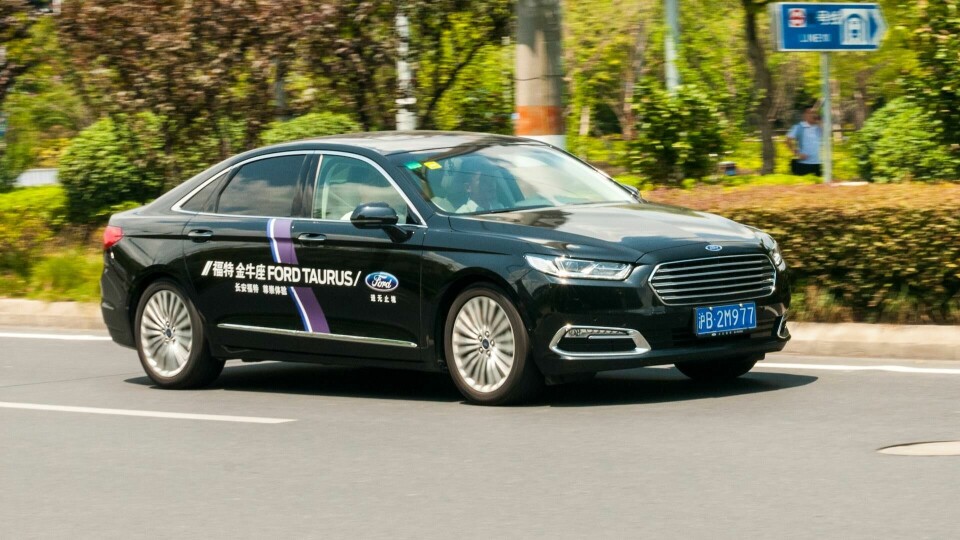
China Report: Ford’s renewed China push
Fording the Chinese Gap – how Ford aims to turn itself around by designing in China, for China
Last year, Ford sold 383,485 locally produced cars in China, in its worst sales performance since 2011. At its peak in 2016 the blue oval shifted 951,396. To put that into perspective, although GM also had a sales dip last year it still managed sales of 1,057,452 for just the Buick brand – it also has sales from Cadillac, Chevrolet and Baojun.
Unlike GM, which has taken a far more China-centred approach, its Dearborn-based competitor has largely relied on selling ‘world cars’ in the Chinese market. The only two exceptions are the Escort and Taurus. While the latter may share its name with the US car and is itself a large saloon, the model is a completely different design. But it is the Escort – based on the platform of the second generation Focus and using old drivetrains – which has been Ford’s best-selling car in China.
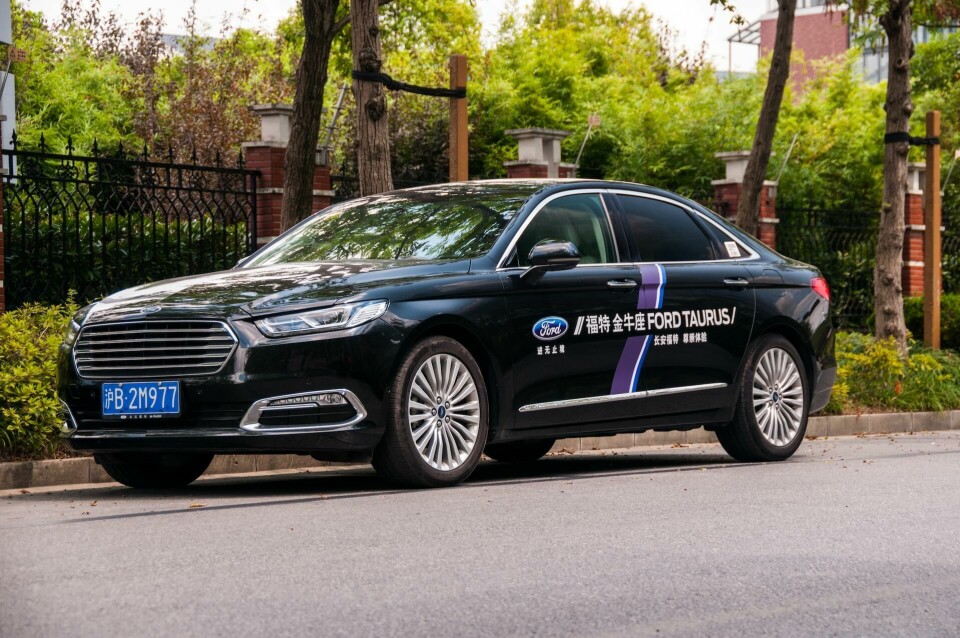
The fightback plan embodied in ‘Ford China 2.0’ calls for 30 new Ford and Lincoln vehicles tailored for Chinese consumers over the next three years. Crucial to those plans is the elevated status of Ford’s design studio in Shanghai. “The studio has been operating here for nearly nine years but in a much more strategic or trend-forecasting role. It is only in the last twelve months that the strategic focus has shifted to be more holistic in approach in terms of what the studio delivers and having a much more China-centric production focus,” said Simon Brook chief designer for Ford China. Brook was brought in from Ford’s design centre in Australia to build up China’s design capability in August 2018.

Since then capacity and capability of the studio has been built up, with a significant team across exteriors, interiors, materials and visualisation. “The push from the new China management team has been of this ‘In China, For China’ focus not just with design but with engineering. The company as a whole is very much focused on building up that capability here, so that we don’t necessarily need to rely on the global studios for our operations and that we will be far more self-sufficient here in the market – and obviously having that local team capability means much faster insights into the way the market is shifting,” said Brook.
Previously, work on the Escort (pictured above) was largely done in Australia and with the Taurus it was split between there and North America. Brook was lead designer on both projects but from now Ford will have the capability in China to undertake such projects. The final stage will be the move next year from the current office tower location to a new studio situated within Shanghai’s inner ring road and currently being repurposed from an old steel works. It will have full model capability and milling on site and significantly more space for the growing team.
When Brook arrived, he joined Erika Tsubaki, who is in charge of design strategy and ‘futuring’, plus seven others. That team has already quadrupled and is likely to triple again. “We are making sure that we have a voice and provide input” said Tsubaki regarding the new site. The team was heavily involved in site sourcing and working with the architectural firms to ensure the space is the best place to work, based on experience from different studios around the world.
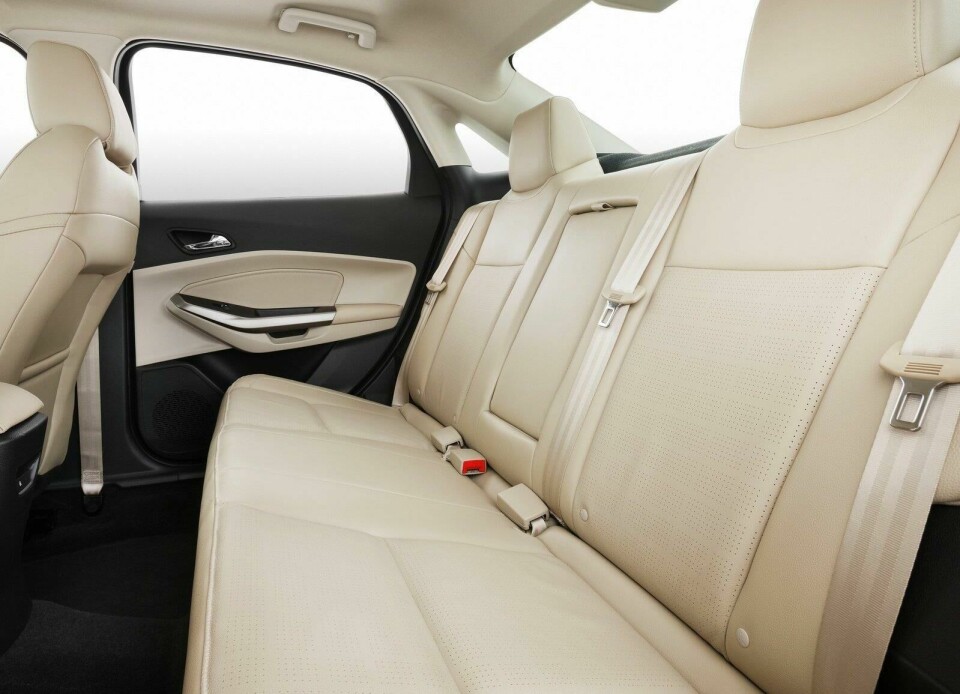
“It’s a different mindset here, we’ve heard from customers that they don’t even get into the front of the car until they’ve already purchased it,” commented Brook. From a design perspective, treating the space more democratically rather than being all about the driver is a whole new case. “The work from the studio team here is so critical for how Ford differentiates its products here versus globally, but also against the competitors,” Brook observed.
It is possible that some of this work will rub off on other markets, particularly the emphasis of the back seats here. “Do we use China more as a test case and see how it works? Already, China is ahead of global markets in some respects and these trends could certainly go the other way,” he added.
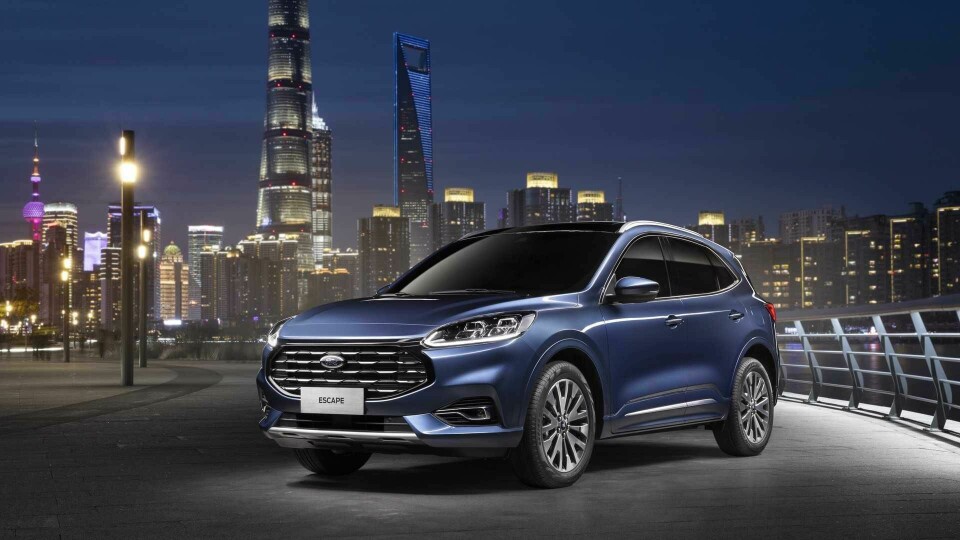
Although the studio it still winding up here, it is already working on projects such as tailoring exteriors more for the Chinese market and making interiors more human centric; one of the first tangible results being the unique China-market front end of the Escape. “Being Ford, we are an SUV car company, so a lot of the products that are successful here are larger or more family-orientated vehicles, but with our target customers we are looking at progressive customers, young couples, or families with smaller children and then the extended family,” said Tsubaki, going on to note Chinese people are also more confident and want to express themselves.
For the interior space, Chinese customers are very discerning when it comes to colour perception, detailing and the quality of materials. They also demand space for devices that they bring into the car, such as phones. “We are really surprised to see how savvy the Chinese customer is now about the details and one of the things they focus on compared with global markets” explained Tsubaki. She adds that anything introduced cannot be superficial and has to have a meaning and be well executed and crafted. “While tech in the past was a differentiator this is no longer going to be the case, and I think the key players will be the ones who understand the usage case and human-centred design approach that creates value experiences rather than just content for the sake of it,” said Brook, mentioning this is where the work of Tsubaki is critical.
“China is not necessarily one market – I’ve very much noticed this, travelling for research. Even Guangzhou to Beijing is very different, but then when you go inland it is even more noticeable” said Brook. While Brook has been in China only just over a year, Tsubaki came to Shanghai around three years ago and describes the city as a ‘melting pot.’ They have been trying to get the design team, around half of which is currently international, out of the office and into Shanghai to be inspired. Both Brook and Tsubaki come from families of architects and find the buildings in Shanghai a definite inspiration.
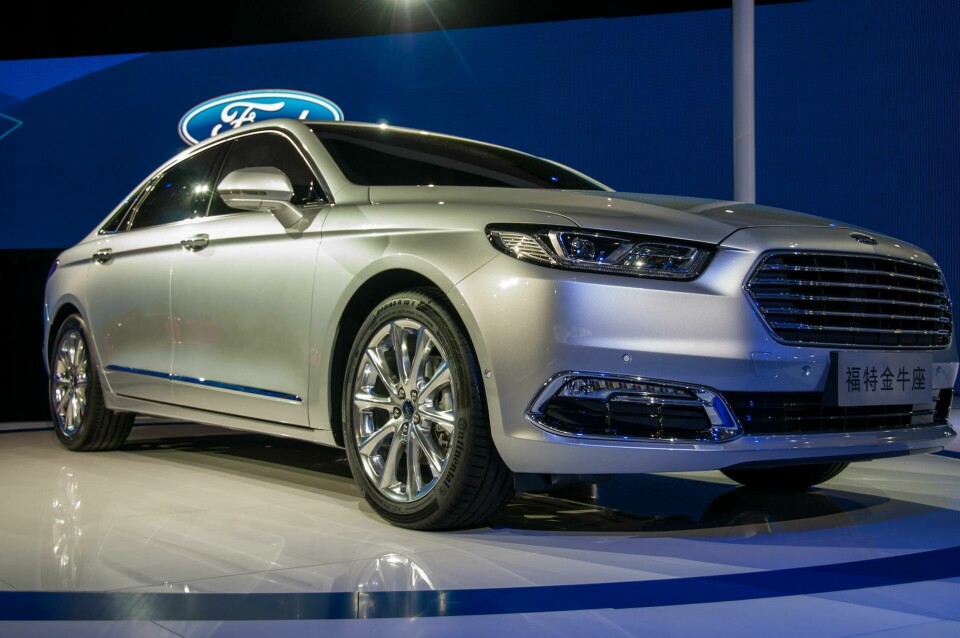
Tsubaki noted that things in China can change very quickly, particularly when the government decides upon something. From July, households in Shanghai have had to sort their rubbish, and similar systems are rolling out in larger cities across China. While such actions may seem far from car design, it shows part of a societal shift. “We had discussions internally about BEVs and imagery and the older generation said that Chinese are not interested in fresh air, but I think with this action from the government it is changing,” said Tsubaki.
Such shifts, along with the rise of the sharing economy, are currently factoring into Ford’s discussion in China about the future and will filter into their design direction. Under Ford China 2.0, at least 10 of the vehicles set to launch will be electrified.







